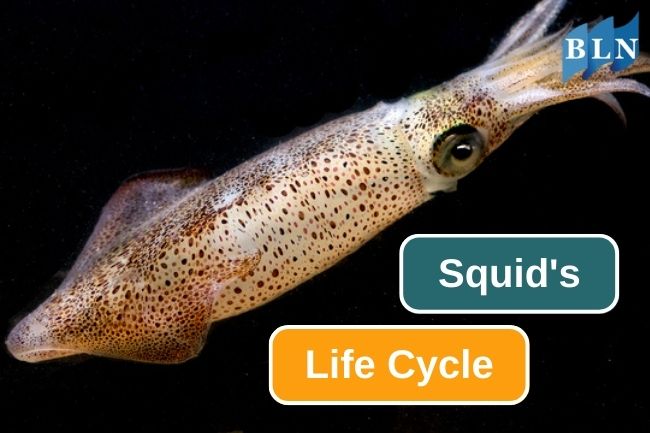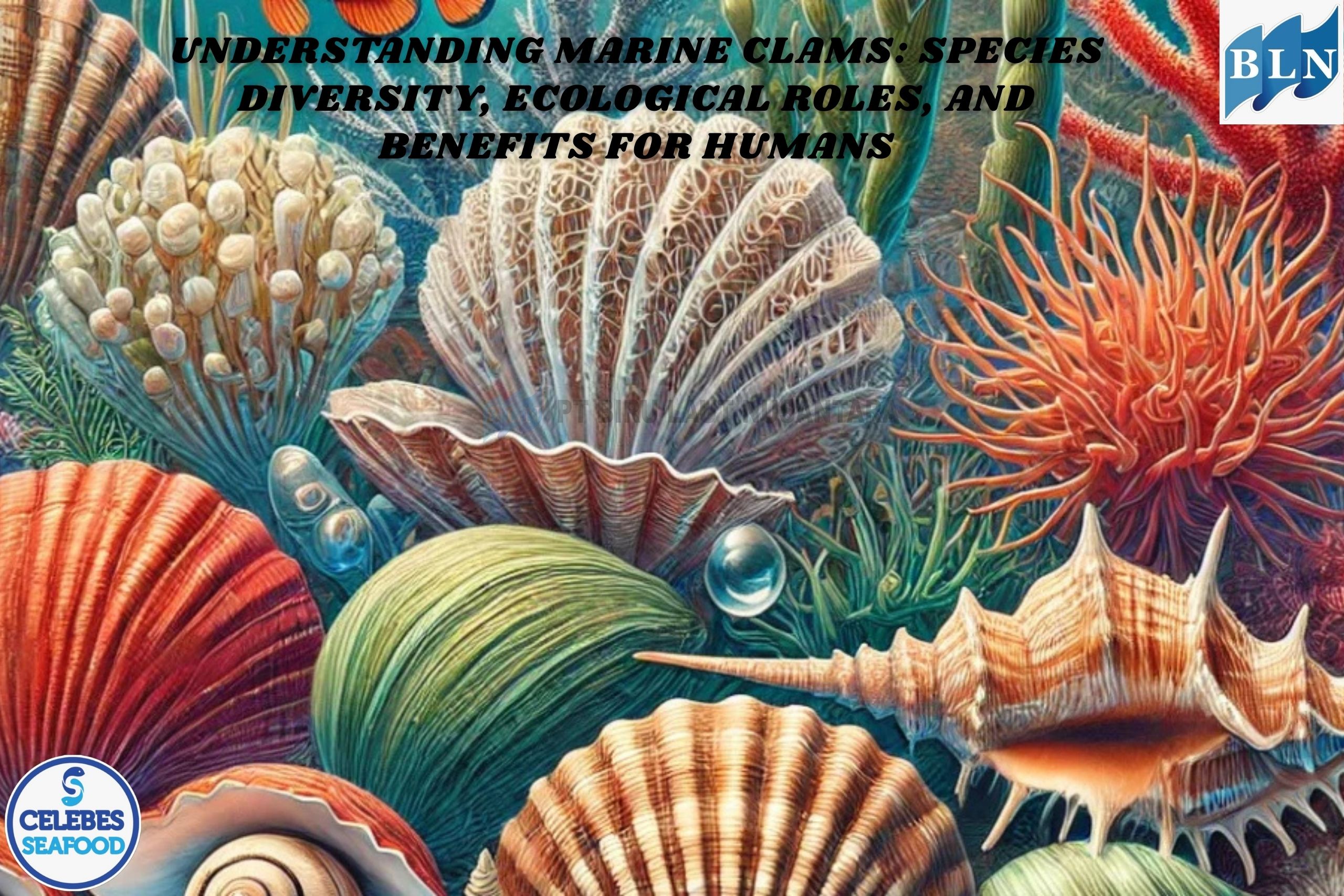5 Stages Of Squid’s Life Cycle
By. Nevanda - 08 Jun 2023
kelolalaut.com - The life cycle of a squid typically consists of several distinct stages, including reproduction, hatching, growth, and maturity. While there can be some variations depending on the species, here is a general overview of the life cycle of a squid:
1. Reproduction
Squids are marine cephalopods that reproduce sexually. Mating occurs when a male squid transfers sperm packets, called spermatophores, to the female. This usually happens during a complex courtship display, where the male uses various color changes, postures, and movements to attract a female.
Read also: 8 Things To Prevent Algal Blooms
2. Egg Laying
After mating, the female squid lays eggs. The eggs are enclosed within a gelatinous structure called an egg mass, which may contain thousands of individual eggs. Squids usually attach these egg masses to structures on the seafloor or suspend them in the water column.
3. Embryonic Development
The eggs hatch into tiny, transparent larvae called paralarvae. Paralarvae are usually equipped with a yolk sac that provides them with nutrients for the initial stages of development. During this phase, paralarvae start to grow and develop their characteristic features, such as arms, tentacles, and chromatophores for coloration.
Read also: Here Are 6 Health Benefits Of Caviar
4. Juvenile Stage
As the paralarvae grow, they undergo a series of molting stages, shedding their skin to accommodate their increasing size. They gradually develop into juvenile squids, resembling miniature versions of adult squids. The juveniles continue to feed and grow, refining their hunting and swimming abilities.
5. Maturation
As the squids mature, they reach sexual maturity. The timing of sexual maturity varies among species and can be influenced by factors such as environmental conditions and available food sources. Once sexually mature, the squids are capable of reproducing and continuing the life cycle.
It's important to note that the specific duration of each life cycle stage can vary greatly depending on the squid species and environmental factors. Additionally, squid populations can exhibit different reproductive strategies, such as semelparity (reproducing once in their lifetime) or iteroparity (reproducing multiple times throughout their lifespan).
Read also: Prepare These 10 Fishing Gear To Catch Squid








